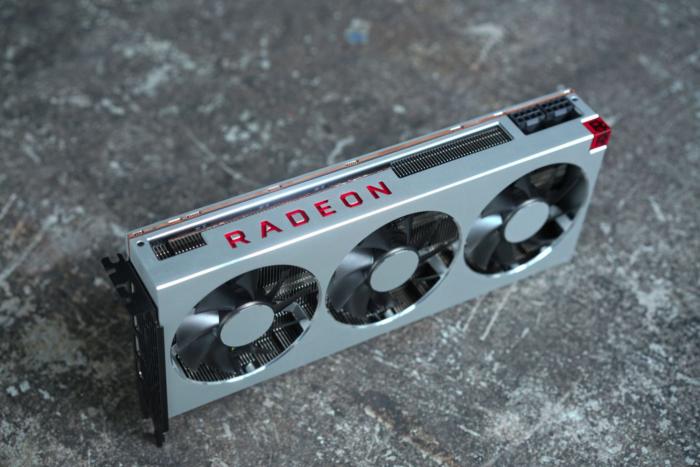

Compare that to the V100, which has 5,120 CUDA cores and 640 Tensor cores, and you can see just how much of an impact the new process has had in allowing NVIDIA to squeeze more components into a chip that’s only marginally larger than the one it replaces.

Moving away from transistors, the A100 has 6,912 FP32 CUDA cores, 3,456 FP64 CUDA cores and 422 Tensor cores.
Fp64 workstation update#
Update your settings here, then reload the page to see it. This content is not available due to your privacy preferences. With that said, some quick calculations put the A100's transistor density at around 65 million per square mm, which is within the realms of possibility on TSMC's 7nm process. We say apparently because that's such an enormous increase over, say, the 2080 Ti’s 18.6 billion transistors, that it almost feels like someone's done their math wrong. That means there’s a roughly 40-percent reduction in the amount of space required for each transistor, which has let NVIDIA, apparently, squeeze 54 billion transistors into the A100. Those might not sound like big differences, but the A100 is NVIDIA's first GPU to be built on TSMC's 7nm process - its current models are on 12nm. Its die size is 826 square millimeters, which is larger than both the V100 (815mm2) and the NVIDIA’s flagship gaming card, the RTX 2080 Ti (754mm2). NVIDIA was a little hazy on the finer details of Ampere, but what we do know is that the A100 GPU is huge. Whether the next generation of GeForce and Quadro cards are also called Ampere, or something else entirely, you can expect some of the A100’s new features to make their way over - and a lot of them not to. Volta never directly came to consumers - aside from the Titan V and a Quadro workstation card - but the improvements and tensor cores it introduced were a key part of Turing, the architecture which underpins almost all of NVIDIA's current GeForce and Quadro cards. Instead, it's the direct replacement to the Volta-based V100 - a 2017 GPU purpose-built for data centers.

Announced at the company's long-delayed GTC conference, the A100 isn't intended for gamers, or even for workstation users. In this mini-episode of our explainer show, Upscaled, we break down NVIDIA's latest GPU, the A100, and its new graphics architecture Ampere.


 0 kommentar(er)
0 kommentar(er)
